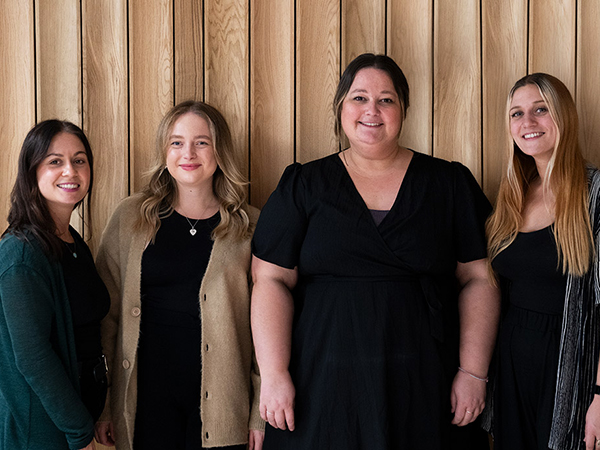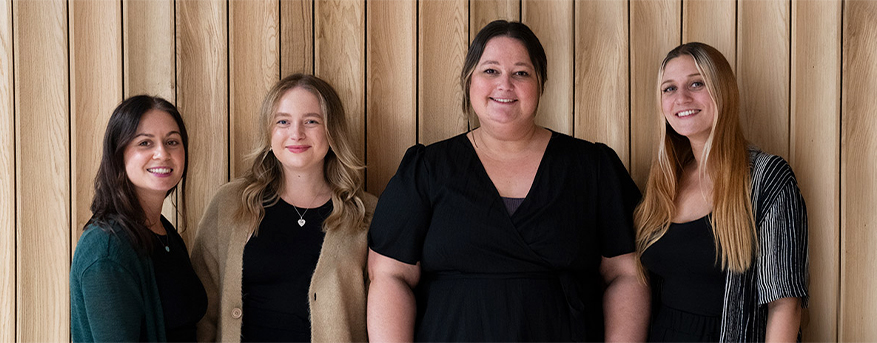For cities… Feed into the friendly rivalry between Vilnius and second city Kaunas by visiting both. You might also head to Klaipeda on the way to exploring Curonian Spit National Park.
For country castles and manors… After Trakai castle – which, being on a scenic lake island, wins hands-down for best setting – you might want to go to Uzutrakis Manor, a 19th-century estate on the lakeshore with grand grounds. There’s also Sesuoleliai Estate and Verkiai Manor, near Vilnius. You have the opportunity to see ee all manner of manors on our
Baltics cycling holidays.
For Soviet history… There’s Vilnius’ Museum of Occupations and Freedom (‘the KGB museum’) for starters, which documents 50 years of Soviet occupation. Alternatively, tour the museum found in the Vilnius TV Tower. Then there’s Grutas Park, full of unloved Soviet statues, and, further afield, the Cold War Museum, in a secret former nuclear base hidden in Zemaitija National Park.
For folk traditions… Align your visit with summer folk festivals, enjoy the wood carvings on the Hill of Witches in Curonian Spit National Park, or visit the world’s only Devil Museum in Vilnius. Our
Baltic Experience Tour visits these places, immersing you in the region’s cultural heritage.
For seasonal delights… At Christmas, Vilnius is known for its highly original, very ornate public square Christmas trees festooned with lights that set trends in other cities. See them on our
Baltics winter tour.
























